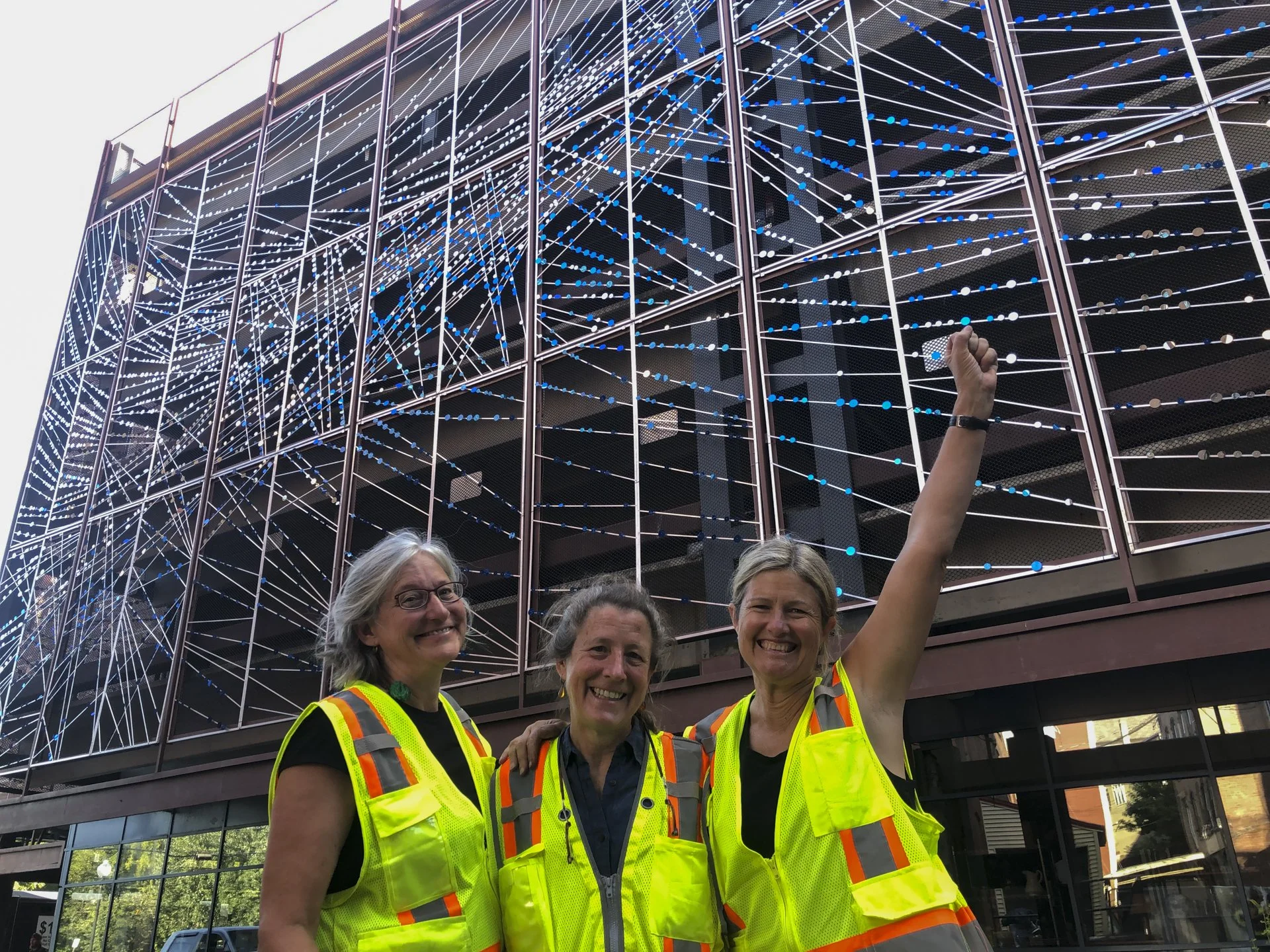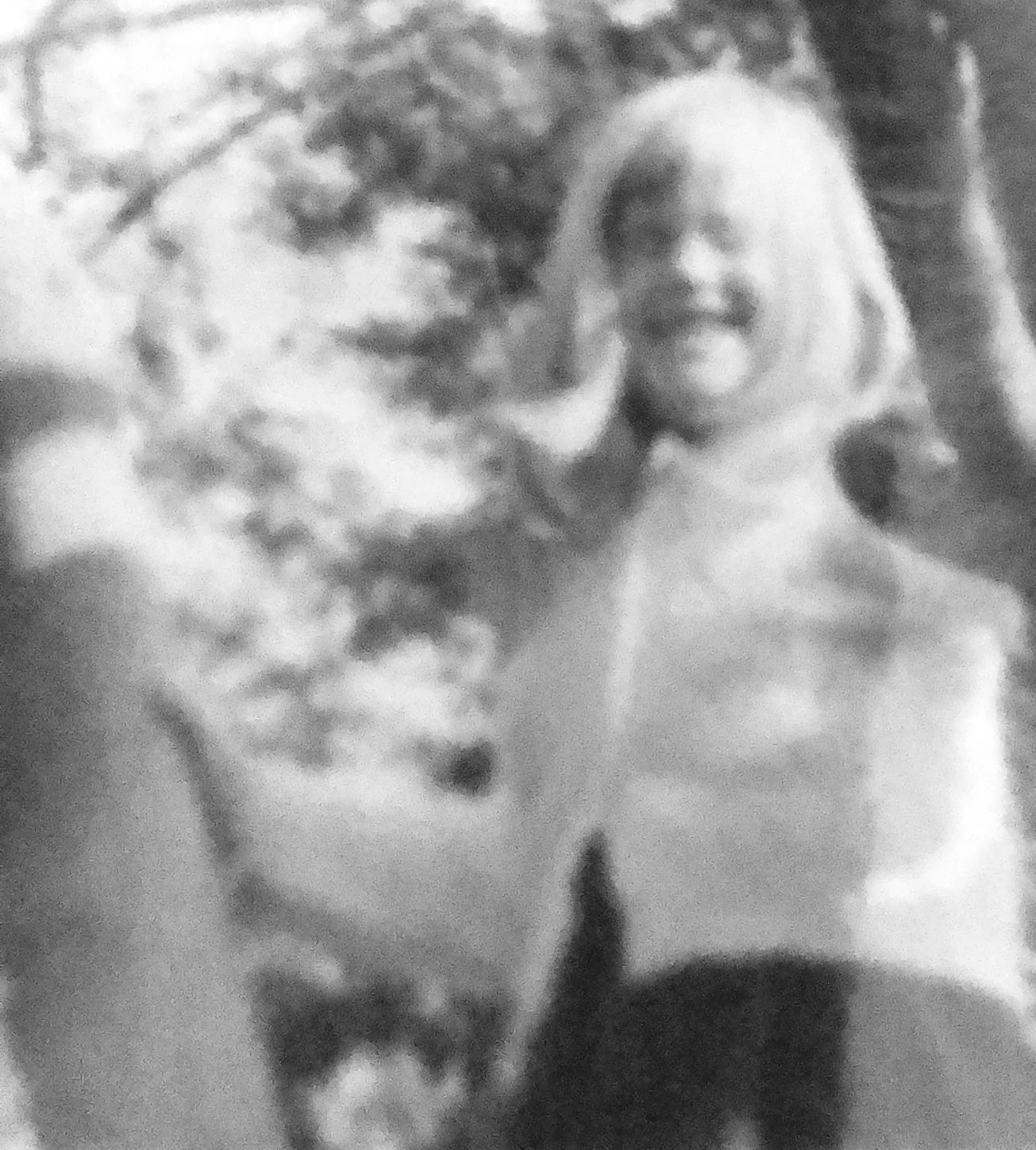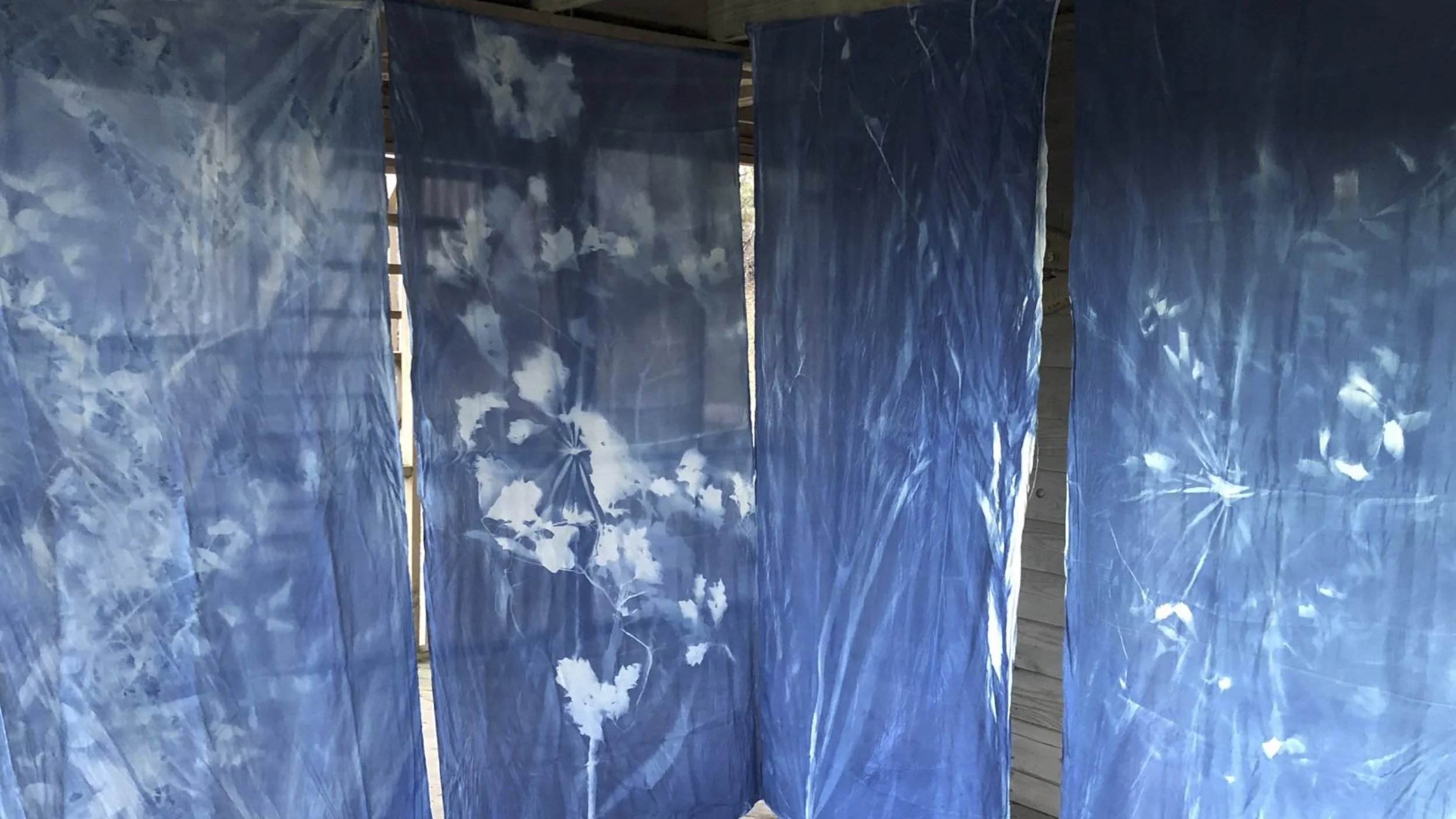"There is reason for hope"
In response to the ongoing climate crisis, the Brattleboro Museum & Art Center (BMAC) has created an artist residency program to support artists seeking time and resources to engage with the profound questions and challenges presented by climate change. The inaugural BMAC Climate Change Artists in Residence are Evie Lovett, Andrea Stix Wasserman, and Elizabeth Billings.
Evie Lovett’s work spans photography, digital media, storytelling, painting, teaching, public art and community art-making. Her encaustic paintings often incorporate photographic imagery in their many layers. Andrea Stix Wasserman creates public sculptural art installations and works in ink, cyanotype, and wood carving. Wasserman frequently collaborates with Elizabeth Billings on large-scale public art projects. Billings is an ikat weaver who studied weaving in Japan and Kenya and often incorporates natural materials into her textiles.
Lovett, Wasserman, and Billings recently spoke with BMAC and shared the first fruits of their residency, including a written statement from each artist, photographs, and videos. Those works are shared below, along with commentary from each of the artists about the process so far.
Billings: The three of us met at BMAC as we were all having shows [in 2015]—Andy and I a collaborative show [Hand Towel Project] and Evie a photography show [Backstage at the Rainbow Cattle Co.: The Drag Queens of Dummerston, Vermont]. We loved each other’s work. In 2016, the three of us launched “From the River, To the River,” a series of five installations around Brattleboro. We went on to collaborate on Ask the River, a community-wide art project. We installed a permanent art piece at the Brattleboro Transportation Center this summer, replacing the temporary installation that we had put there previously. BMAC was our fiscal agent throughout that whole five years and was unbelievably supportive to us. We’re forever grateful.
Lovett: This is my first residency. It is such a gift to be asked to consider over a long period of time. We as artists do that anyway: we consider, roll things over, taste them, iterate things. But this residency allows for a very deep dive, and that feels really exciting.
Billings: Our initial show-and-tell [of our Climate Change Artists in Residency work] is partly through words.
““Gripping black lumber crayons, we carefully and intently scribbled on sheets of white paper. All conversation quieted and a low rumble filled the air. Rapidly rubbing the crayons back and forth, up and down, we filled the paper entirely from one side to the other. We were making tree rubbings.””
Read the rest of Elizabeth Billings’ statement
Wasserman: I’ve started to make videos of shadows, because I’m really intrigued by the beauty of that, but I was also very concerned that I couldn’t just make beautiful imagery without thinking about all the waste that’s also inhabiting our lives in Vermont, and all the products, and our consumerism. My plan is to also make a video about the trash.
““Flickering light. Rays of light cast shadows, but in reality, light is not fixed and shadows are temporary fluttering, anything but constant. This landscape of shadow in its serenity casts innumerable patterns. Tall limbs of trees cast great long shadows.””
Read the rest of Andrea Stix Wasserman’s statement
Lovett: There is such support and intelligence in our being able to work collaboratively and independently. There’s not a set expectation. We’re not going to have a show at the end. And yet we each feel we are working toward something that will be outwardly shared, in synchronicity.
We did not all plan to focus on trees.
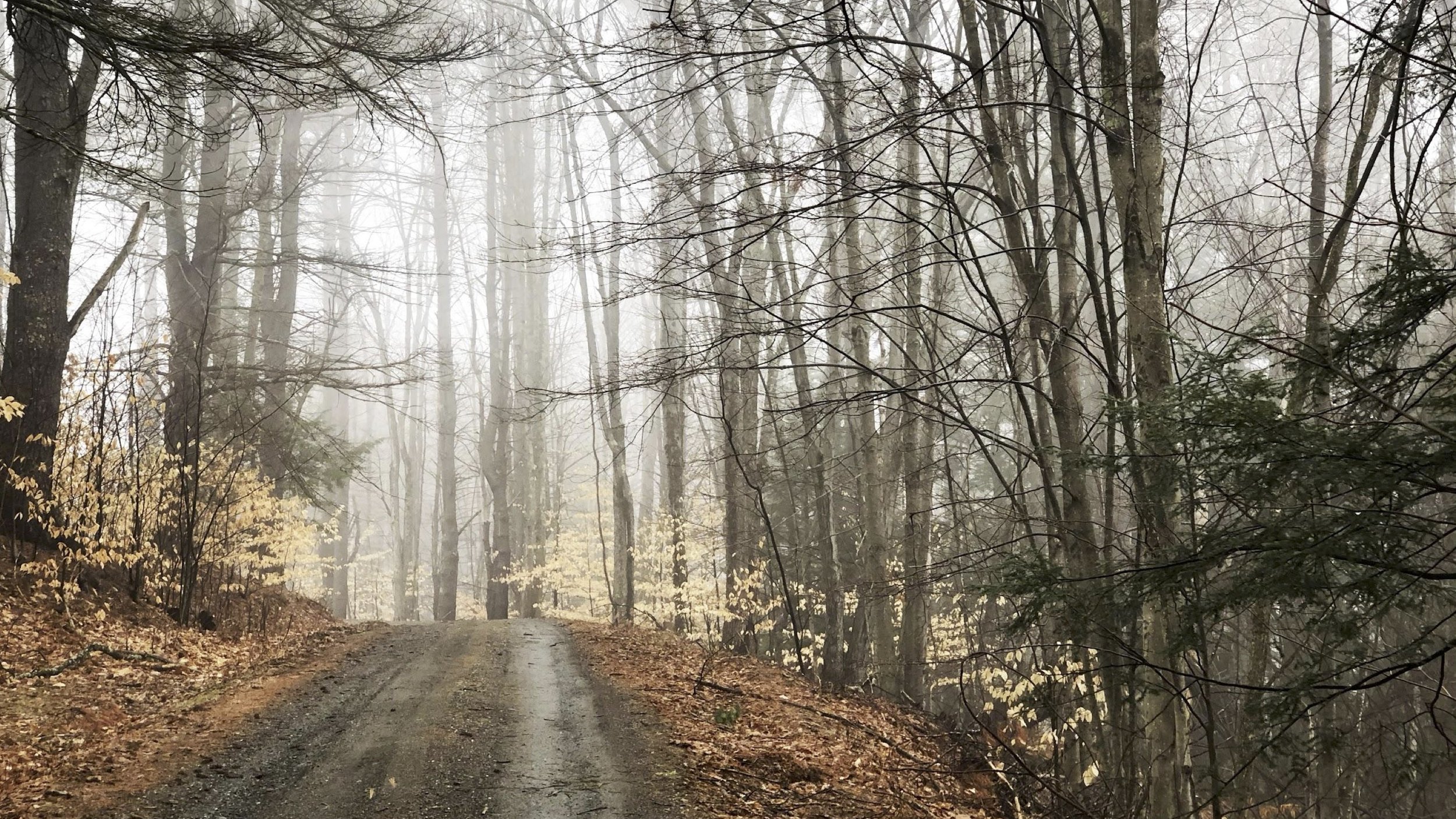

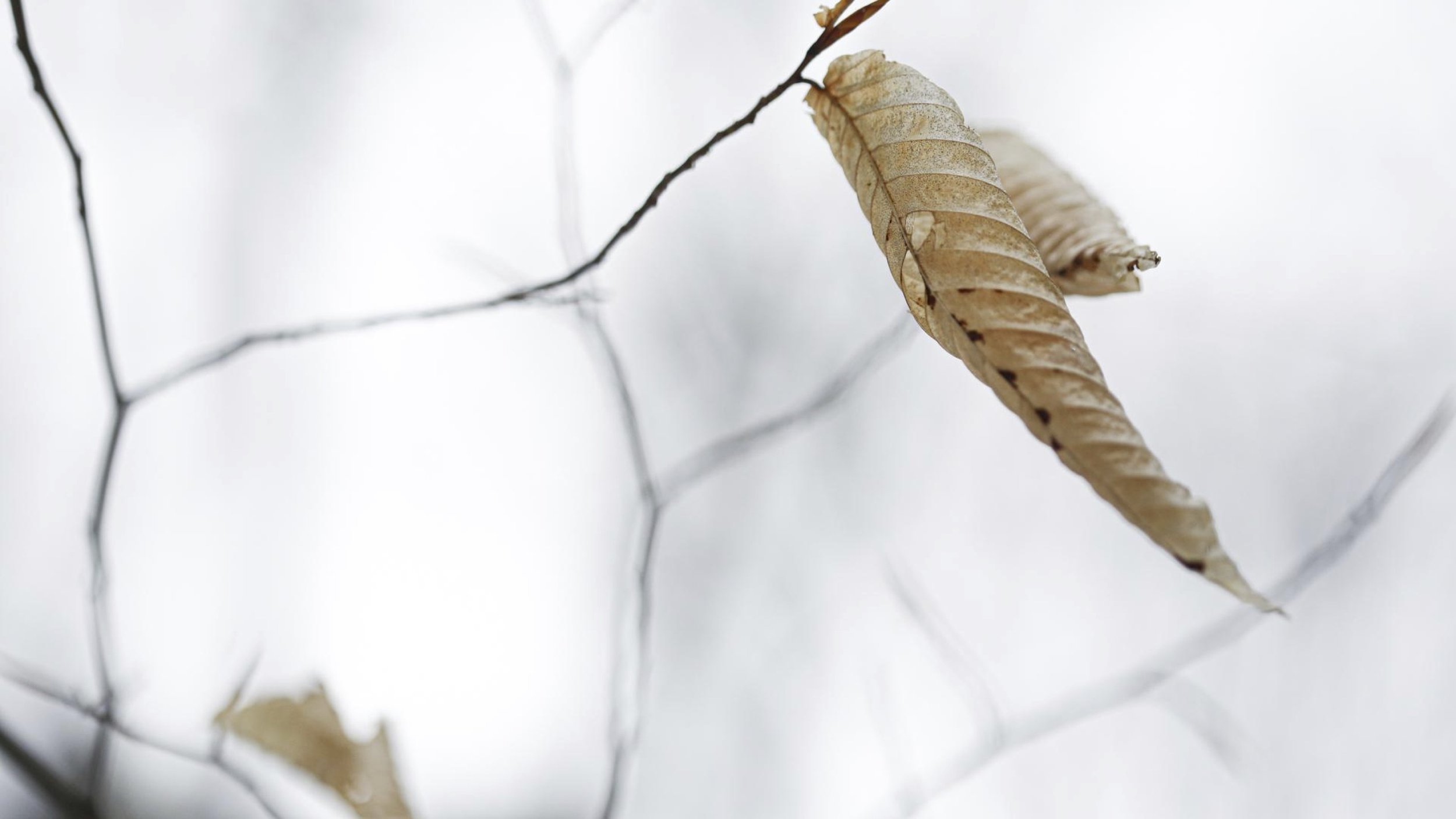
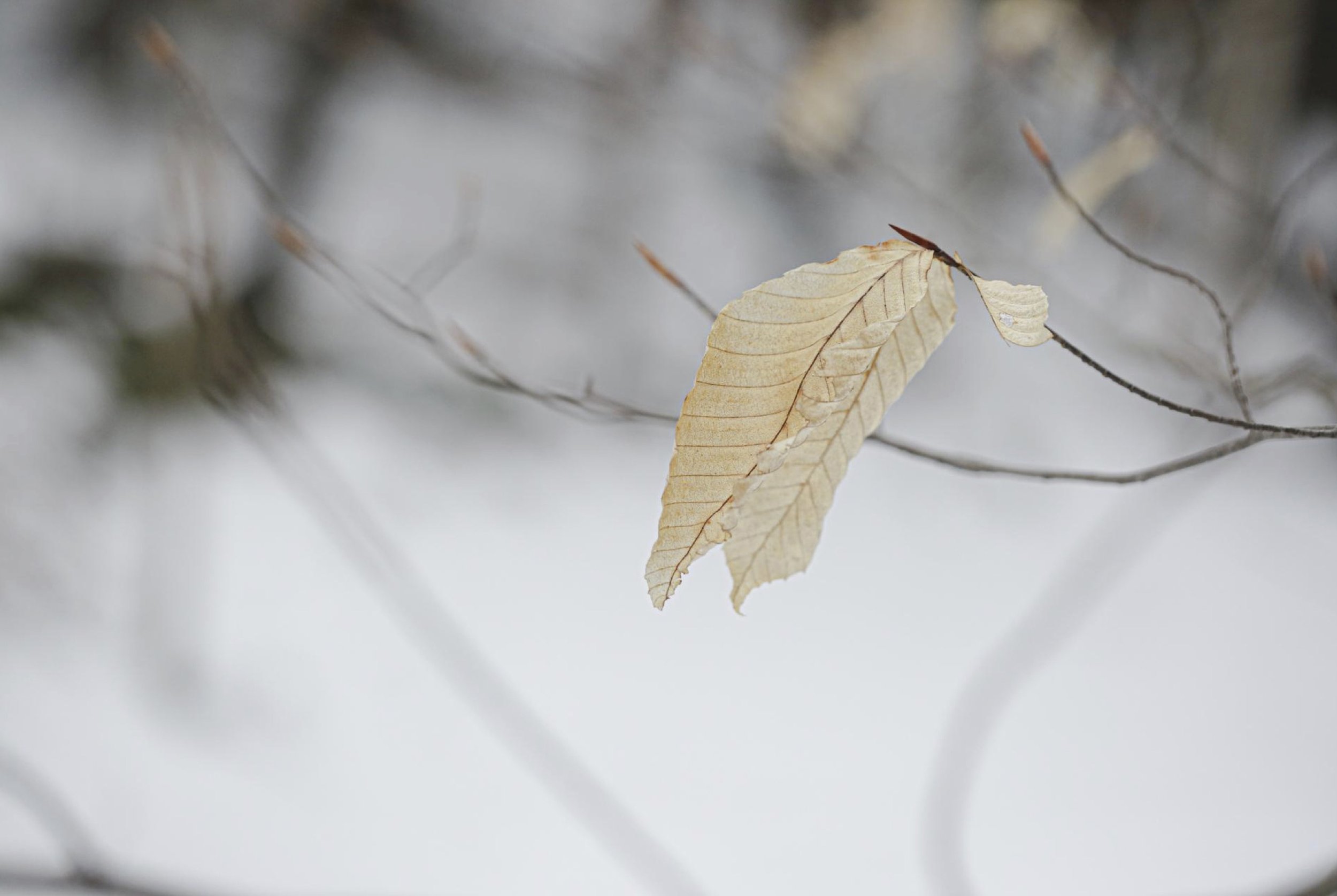

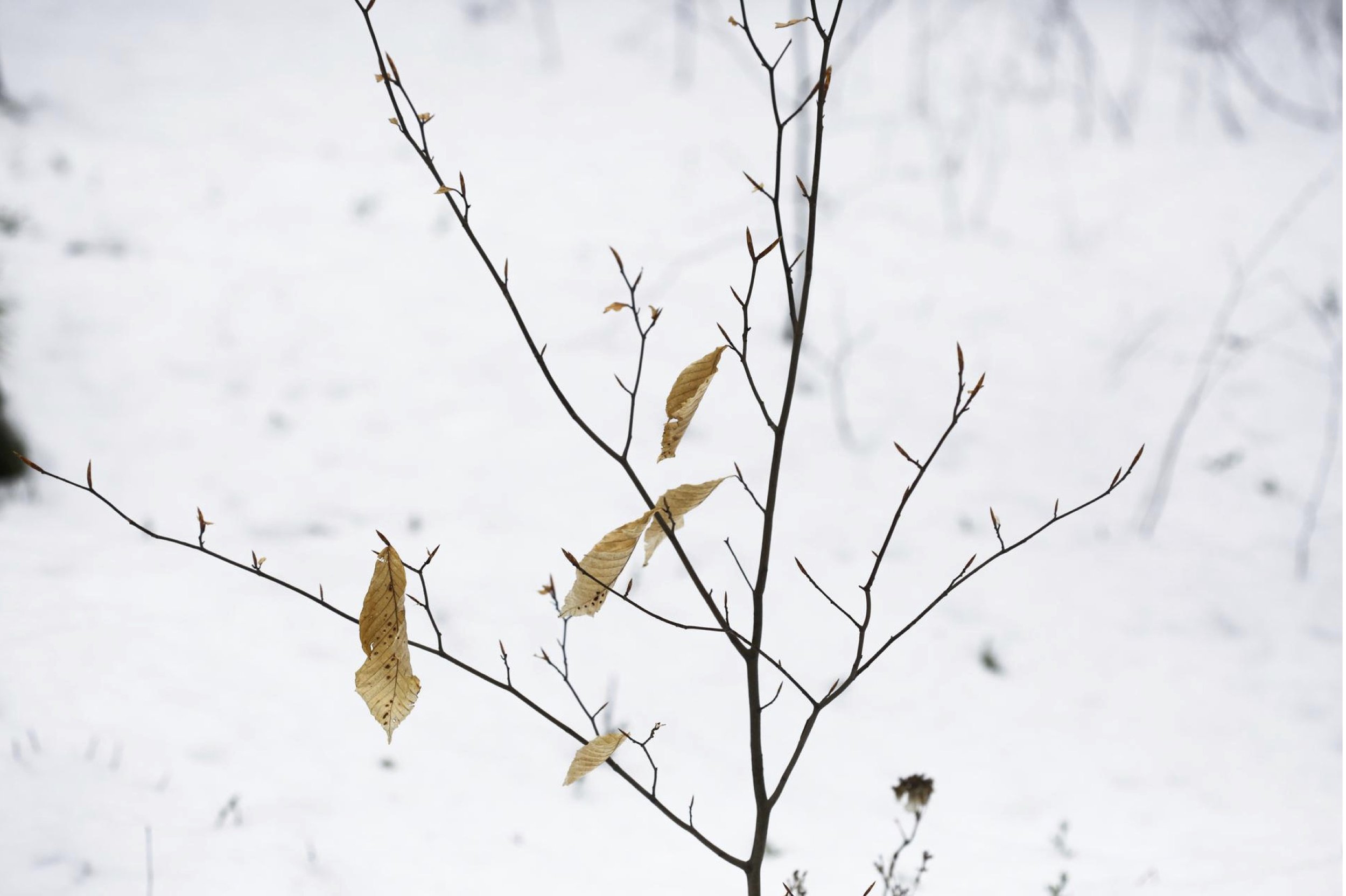


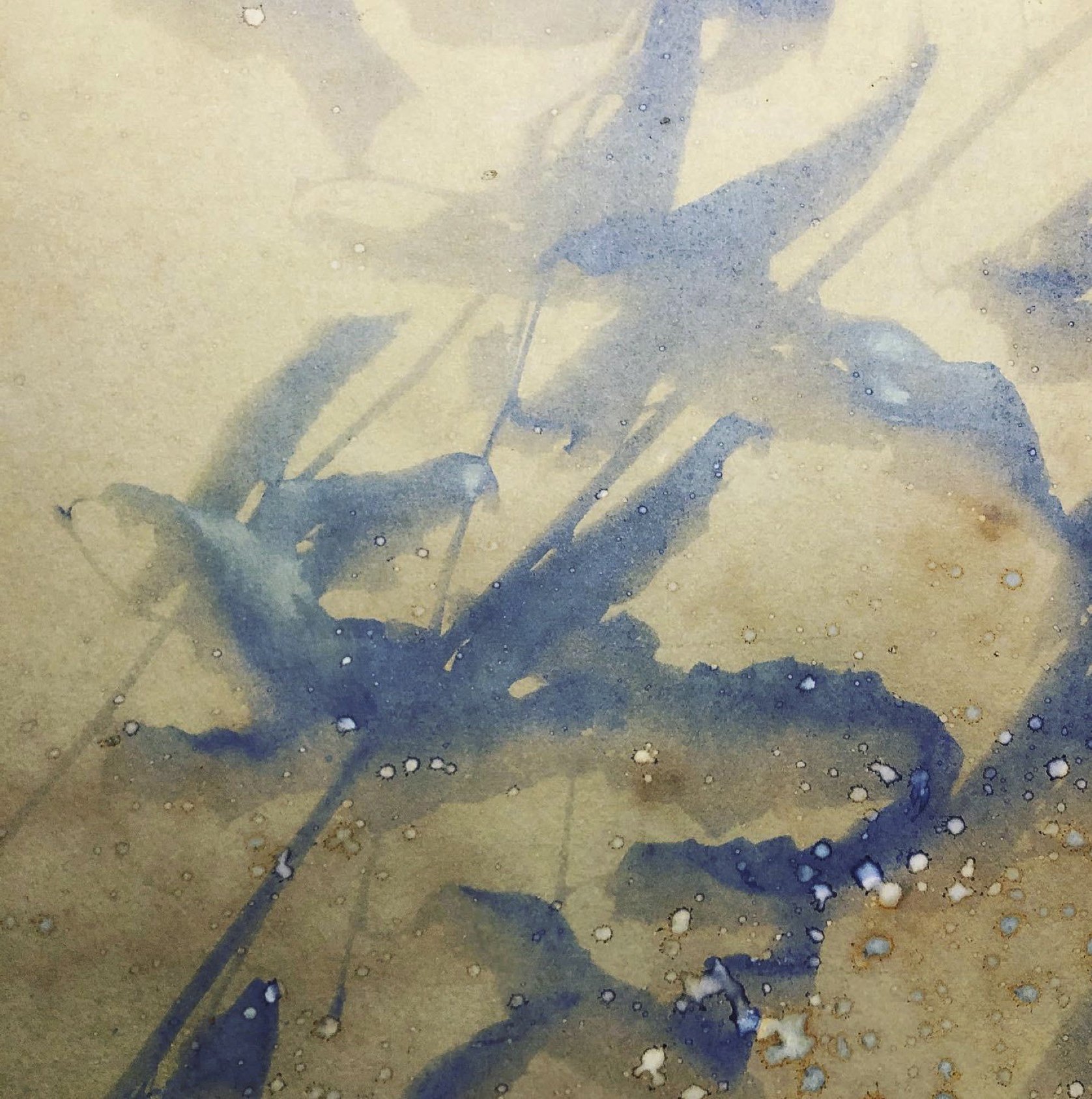


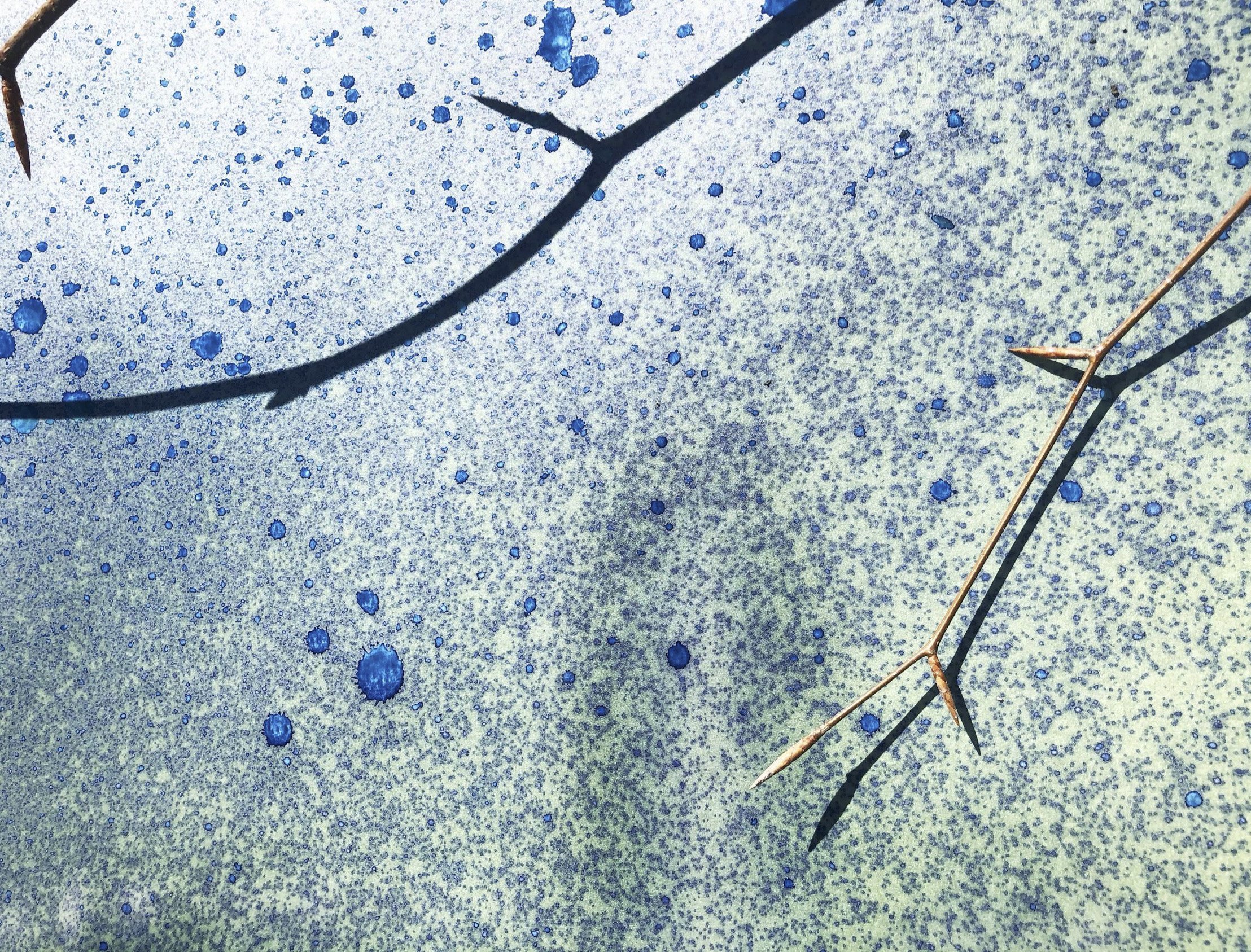
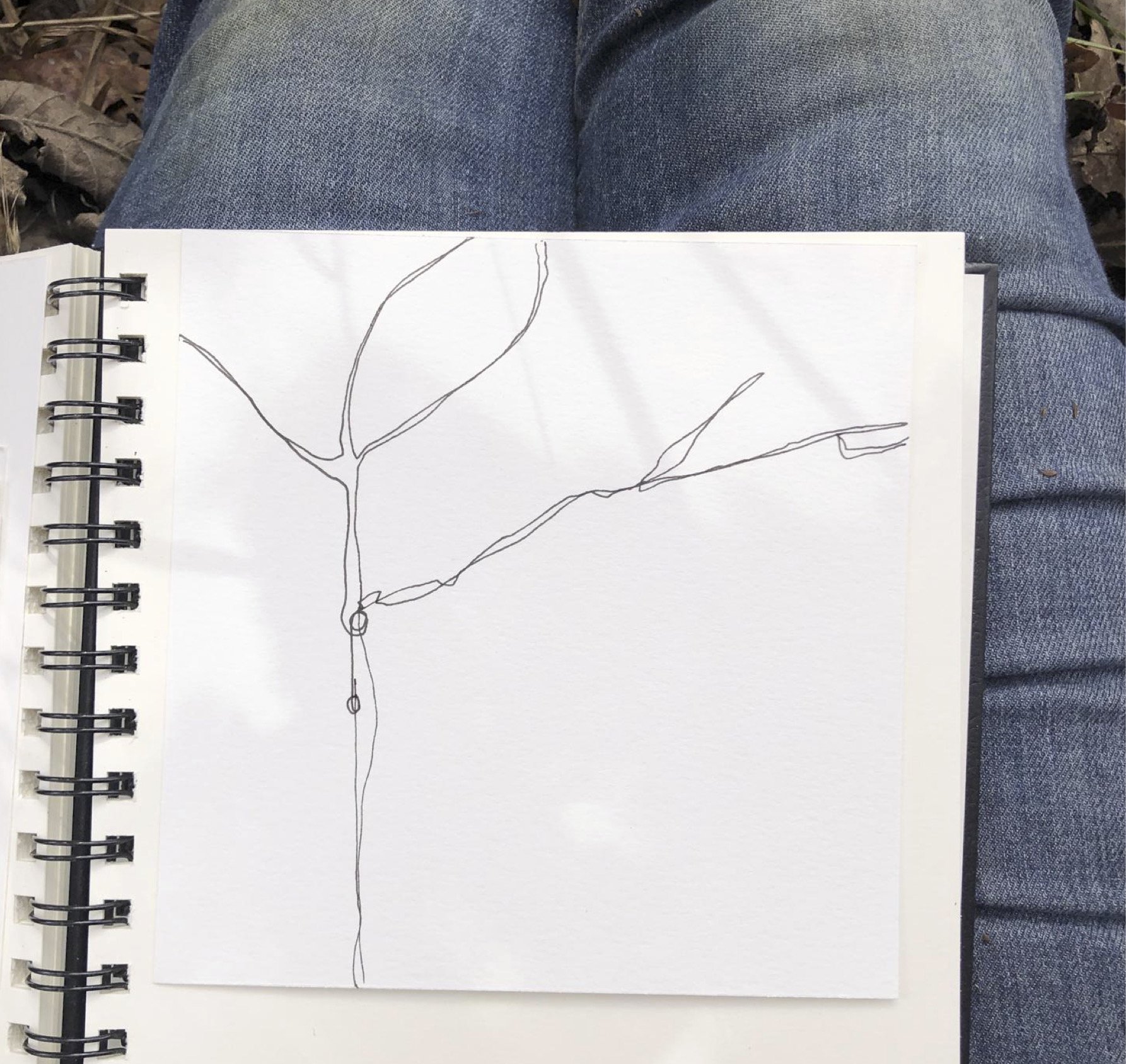
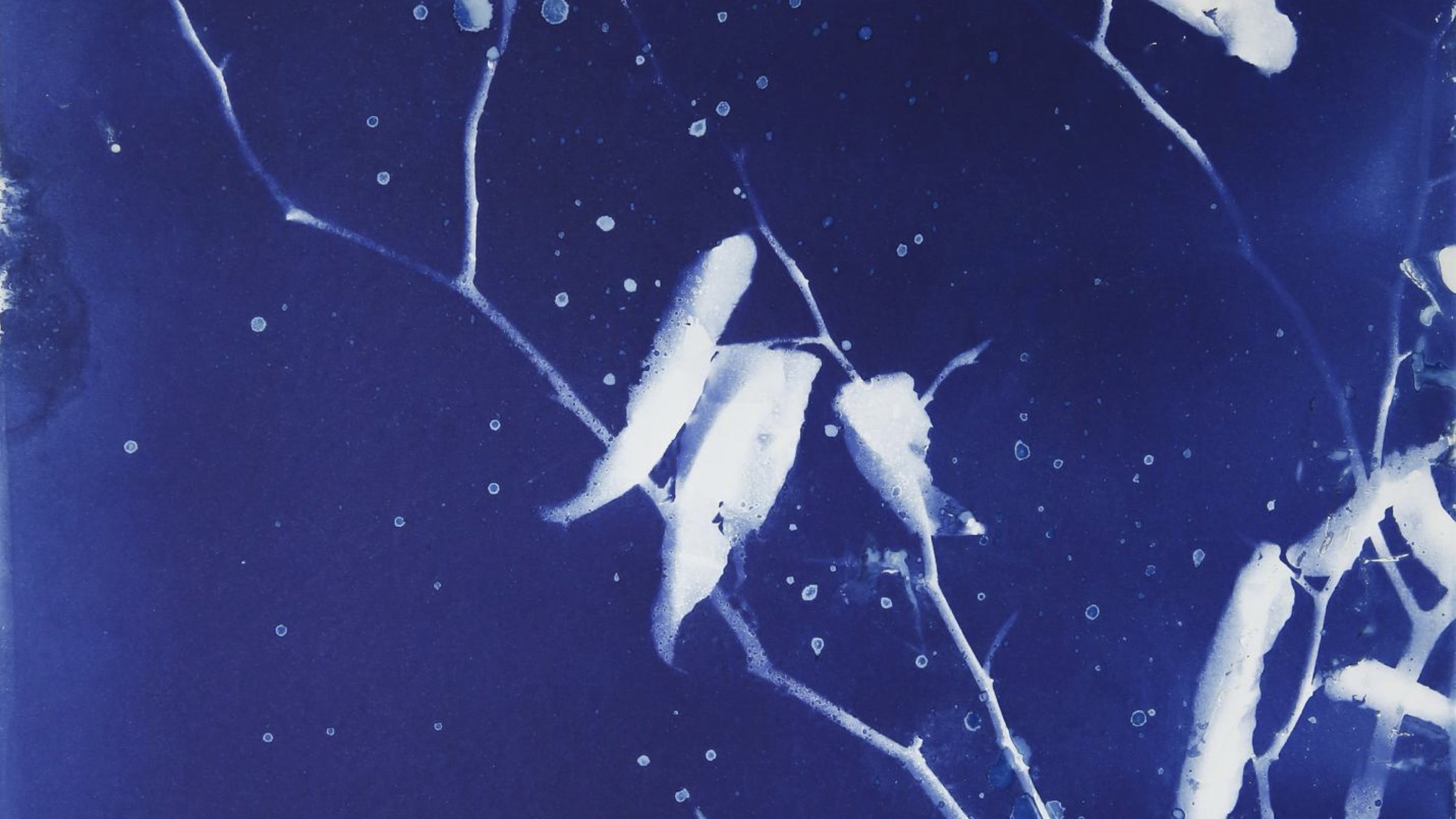
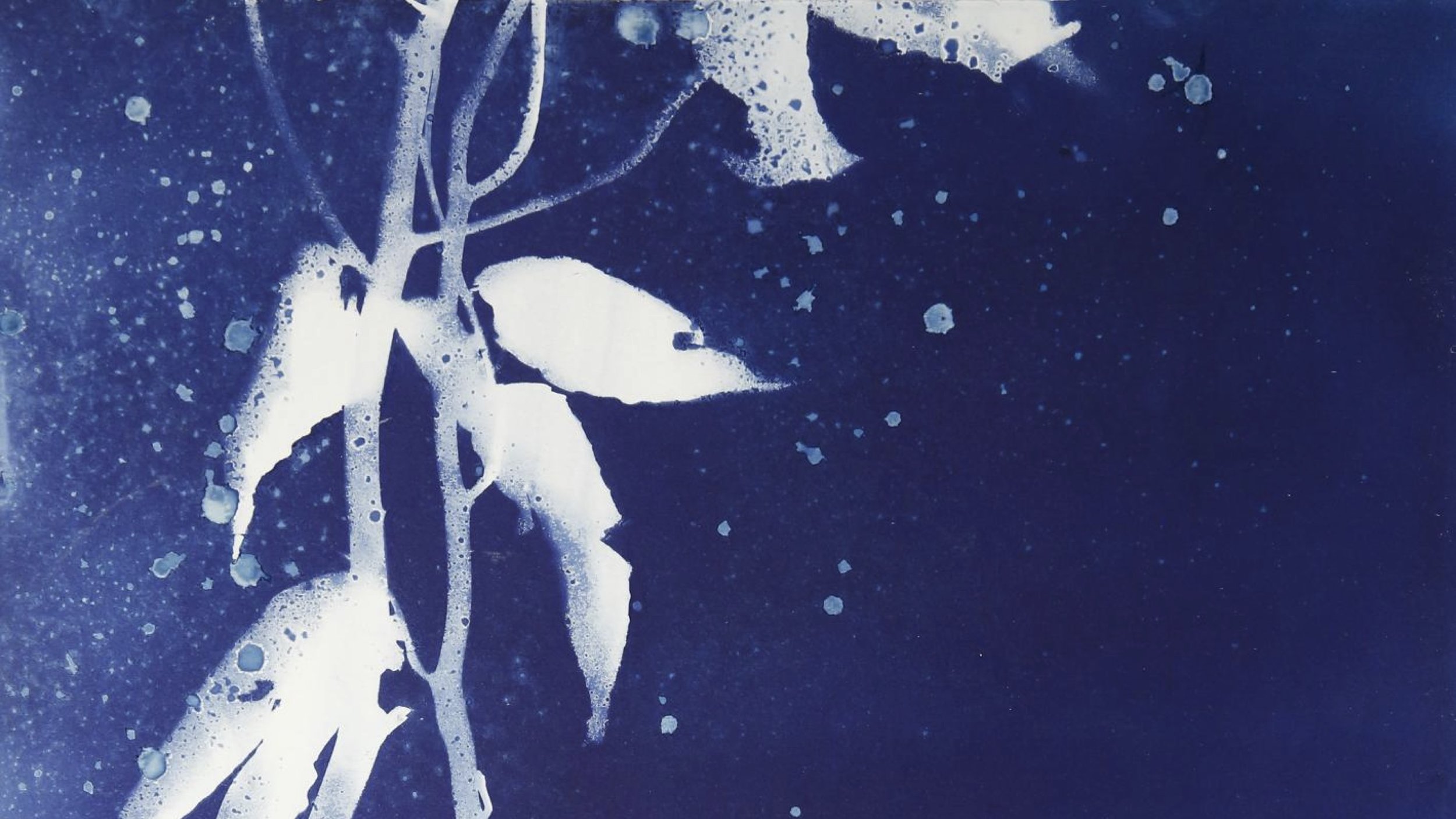
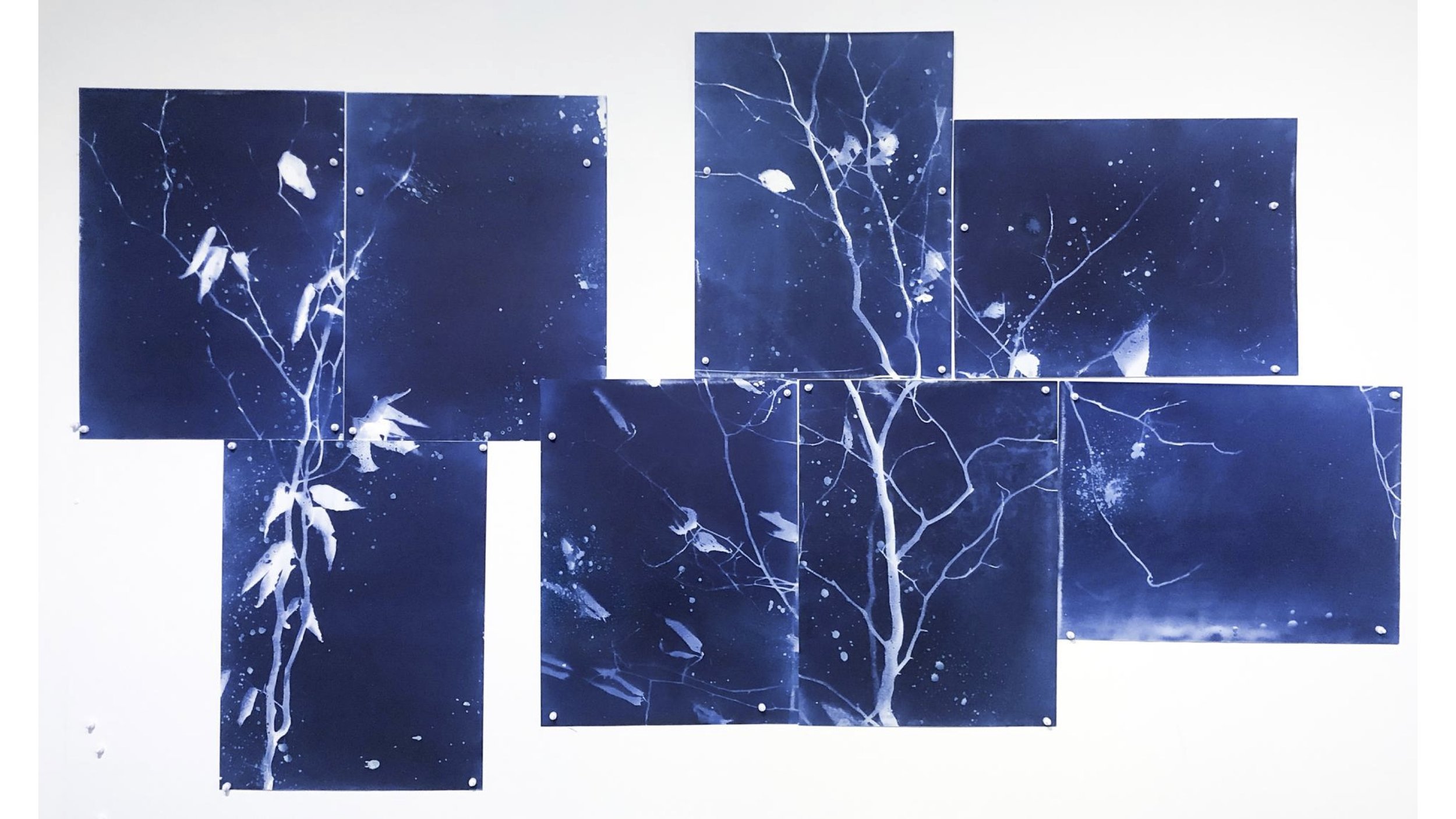
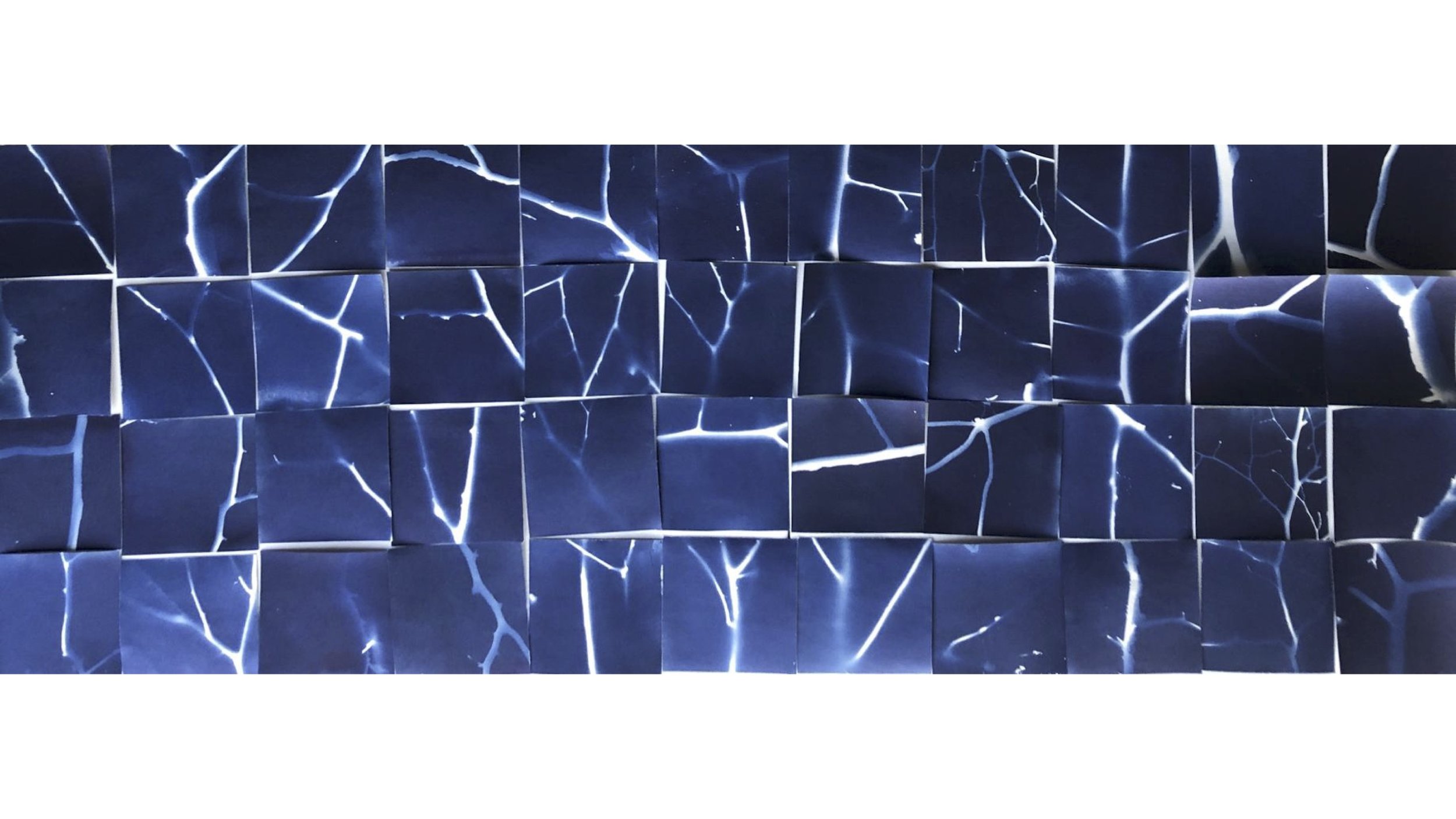
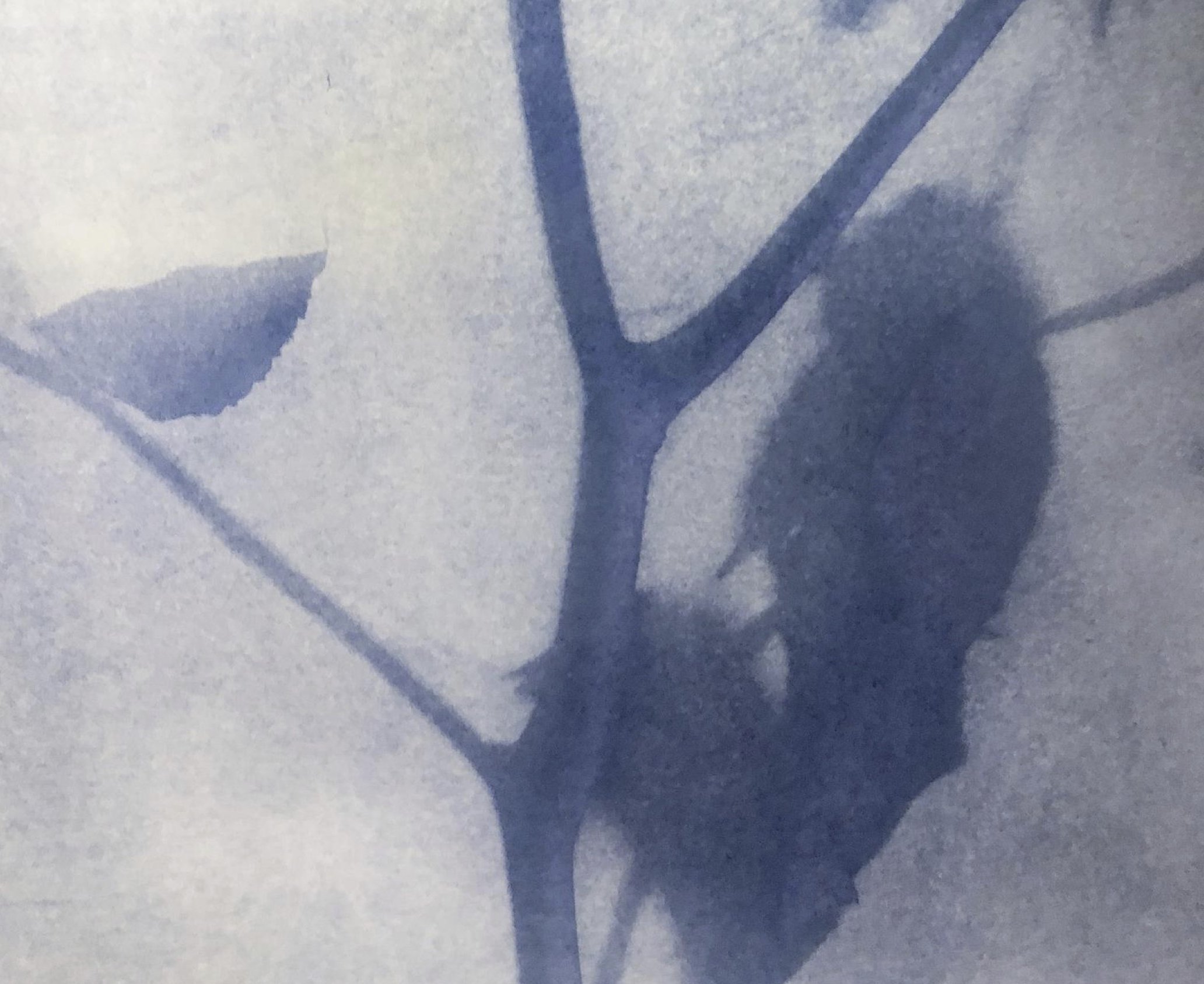
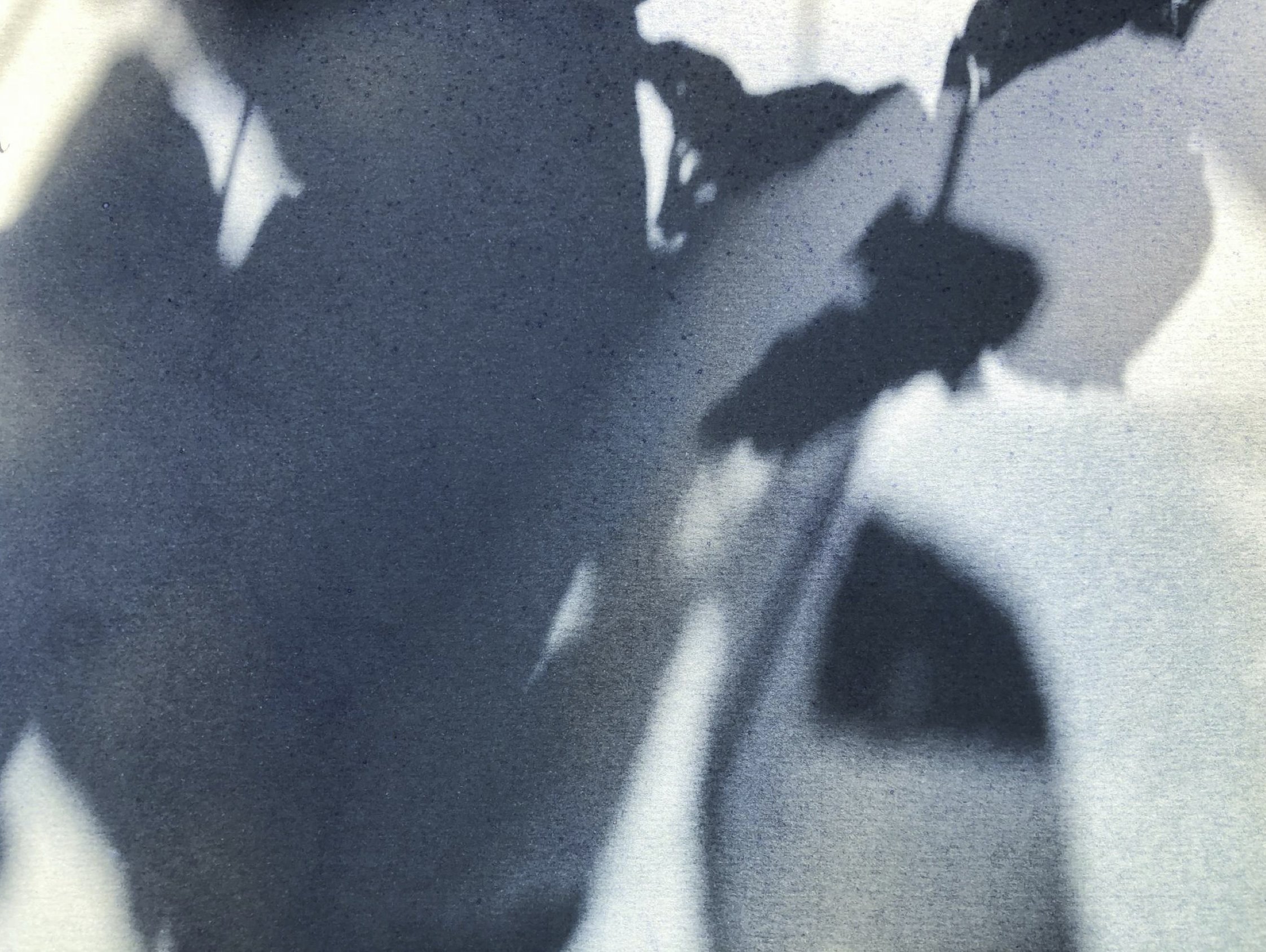
““I walk in the woods. My intention: to just be. To use my senses, to be open to what I meet and to what is in my heart. I walk because of climate change. Because of wanting to fall in love.””
Read the rest of Evie Lovett’s statement
Wasserman: Elizabeth and I have collaborated for 20 years or more, and a lot of our work was about trees. All my work has been about trees for a long time. Elizabeth has used all kinds of things that she’s gathered from the forest in her work. I really need to be making imagery about trees. That’s my driver.
Billings: I don’t know if I ever came to trees—I think they've always just been a part of me, as is the water and the sky. It’s part of living here in Vermont. Really, it should be a part of living anywhere.
“Nature” is such a funny term, really. A maple tree is a maple tree, but there are infinite shapes. And yet we can identify, “Oh, that’s a maple tree.” I find that phenomenal.
Lovett (in a tree) ca. 1971
Lovett: When I was a child, my mother said that she would always know where to find me if I were upset. I would be in a tree.
BMAC: How do you deal with the emotional aspects of climate change? What gives you hope?
Wasserman: When you're out connecting with the natural environment, looking at growth and our sense of impermanence, and appreciating what is in that moment—it does feel hopeful to me, it feels possible. I also feel like if you really look at the problems we've created and start addressing the issues, that feels hopeful and positive.
Lovett: Each of us has been doing a lot of reading and thinking. Elizabeth and I participated in a workshop on climate anxiety led by two trauma therapists. At the end of two hours of talking about how humans have various responses that are triggered by anxiety and trauma, they asked us to start throwing out all the ways that the earth heals itself. There are mushrooms that eat toxic sludge, for example. I found that I could not stop smiling after that. There is reason for hope.
Billings: I think it's pretty overwhelming, and I think making things is a way of processing it. I want there to be hope.
BMAC: As your residency continues throughout the winter and spring, what do you hope that the experience will be like for you?
Billings: I’m working at exploring right now. With public art, it’s so much about the end product. This is such a gift in terms of not worrying about that—not having the end point be a driver.
Wasserman: Letting the process be the driver is really important to us, so that the discoveries are made in the unfolding, through what becomes revealed to us.
Billings: It means that we’re trying new things, and you never know where that will go.
Learn more about the BMAC Climate Change Artist Residency.

